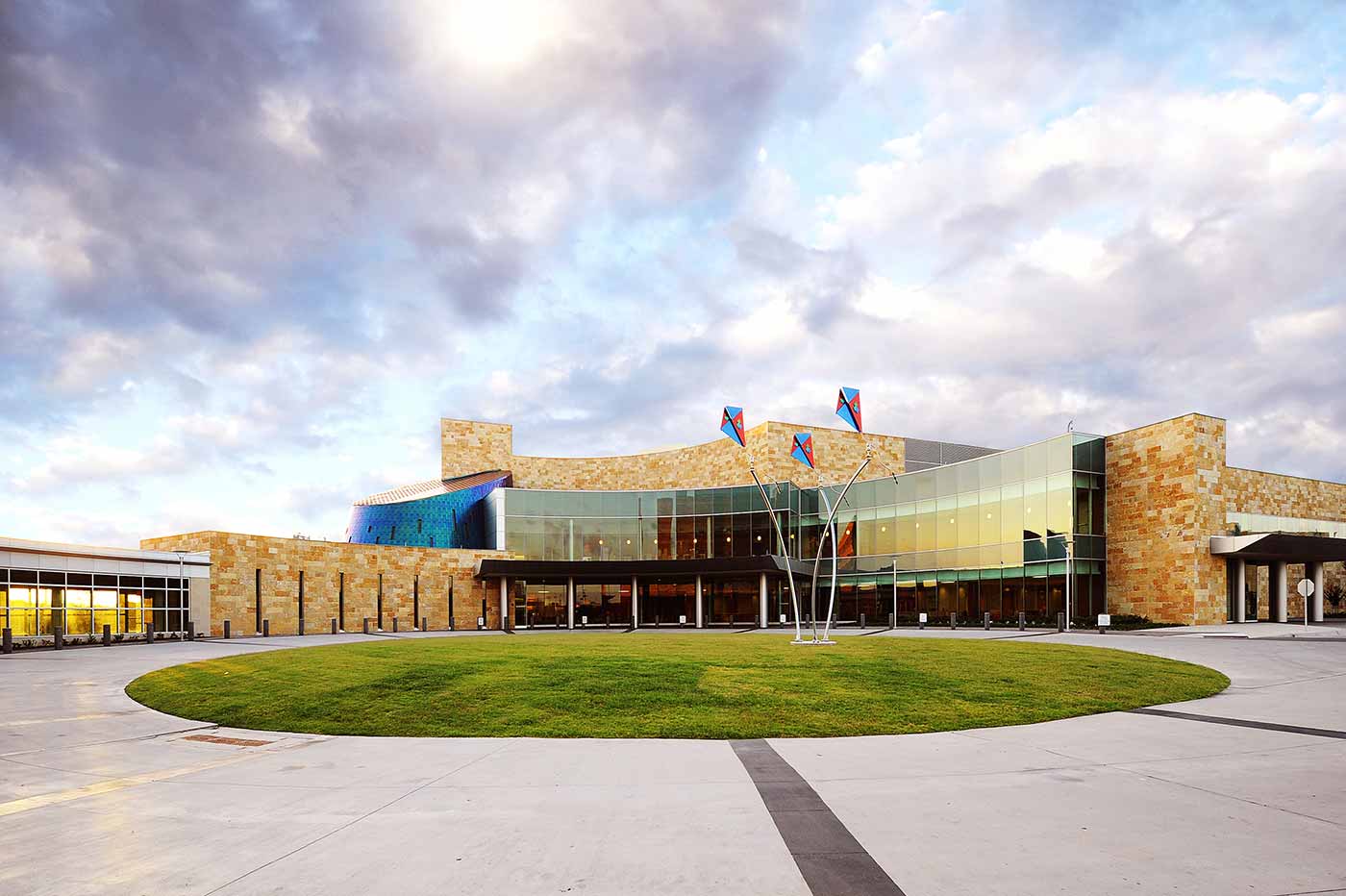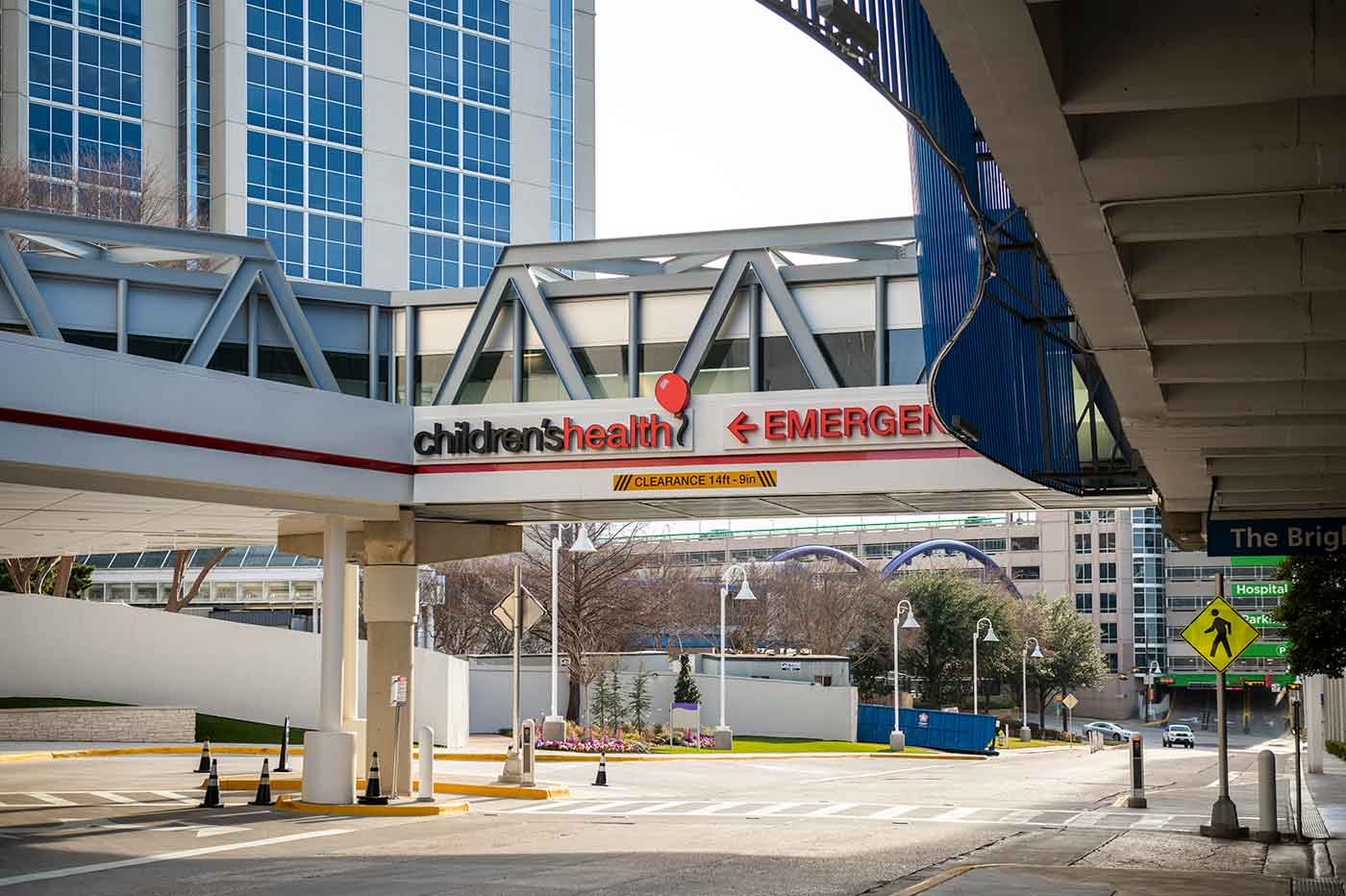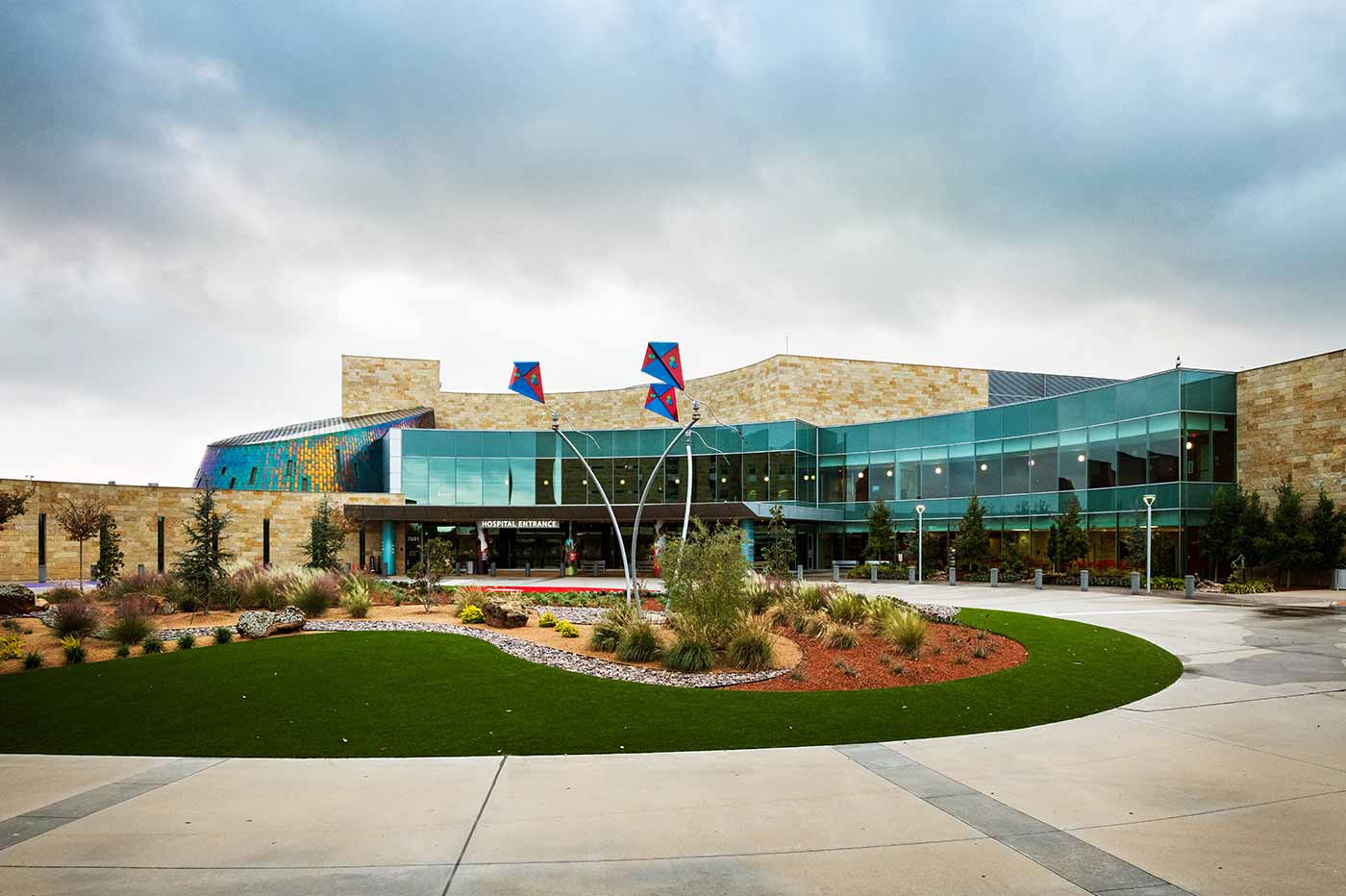Media Resources
& Guidelines
Helpful information about contacting our team for questions, downloadable assets, and media guidelines.
Media Relations
The Children’s Health℠ media relations team is available to assist members of the press with any inquiries relating to the Children’s Health system—including Children’s Medical Center Dallas, Children’s Medical Center Plano, and any of our specialty centers or primary care practices.
Media Library
Children’s Health offers images and videos that are available for media to download in our media library.
Unless otherwise noted, all photos are copyrighted materials that may not be manipulated without consent from the copyright holder. Minor editing, including color correction, cropping and minimal retouching, is permissible using sound editorial judgment. Please contact the Children’s Health media relations team to request any additional images not included on this page.
Media Guidelines
The primary focus of the Children’s Health media relations team is the safety and privacy of the staff, patients and families we serve, adhering to the guidelines of the Health Insurance Portability and Accountability Act of 1996 (HIPAA).
With that in mind, media should be aware of the following guidelines when pursuing stories or interviews with Children’s Health, including patients, families, medical personnel or staff.
Media Contact
- All contact by the media must be made through the Children’s Health media relations department. The media relations team will set up interviews with patient families, doctors and/or any Children’s Health staff when possible.
On-Campus Media
- Per hospital policy, any member of the media (including reporters, photographers and videographers) must be escorted by a Children’s Health media relations representative at all times while on property.
Interviews with Staff or Physicians
- A media relations representative must be present during any media interviews with Children’s Health staff or physicians, whether in person or by phone.
Live Shots and Exterior Filming
- Media wanting to film outside the hospital or any other facility must make the media relations team aware so they can notify Children’s Health security.
- When filming or taking photos of the exterior of our facilities, media should avoid filming any patients or families who may be walking in or out.
Patient Photography and Interviews
- Written permission is required from the patients’ parents or legal guardians prior to any media interviews or photos/videos, including those taken during hospital events.
- All requests for patient interviews or photography must be authorized by the Children’s Health media relations team, who will obtain the necessary consents and make the media aware of who can and cannot be interviewed or filmed.
Condition Reports
- Per HIPAA, Children’s Health cannot share any information about a hospitalized child unless his/her parent or guardian has given prior written permission to release this information.
Style for Journalists
Children’s Medical Center has evolved as a health system to become Children’s Health, which includes our hospitals in Dallas and Plano, specialty centers and practices throughout Texas.
Preferred Children’s Health Style
- In all communications, please refer to the system as Children’s Health.
- Please avoid abbreviations or generic names which are not endorsed by Children’s Health, including: Children’s Hospital, Children’s, CMCD, CH or Children’s Dallas.
- Please use Children’s Medical Center Foundation when referencing any affiliations, activities or donations to the development arm of Children’s Health.
When to use “Children’s Medical Center”
- When referring to a specific hospital either in Dallas or Plano, the preferred proper name is Children’s Medical Center Dallas or Children’s Medical Center Plano.
- On second reference and thereafter, Children’s Medical Center is the preferred proper name.
When to use “Children’s Health Specialty Center”
- When referring to the specialty centers, the preferred proper name is Children’s Health Specialty Center or Children’s Health Specialty Center Plano (or insert other geographic location).
- On second reference and thereafter, Children’s Health Specialty Center is the preferred proper name or simply Children’s Health.
When referring to a doctor, nurse or other professional
- Please use the appropriate professional designation after their name, which may include M.D., D.D.S., D.O., Ph.D., RN, etc. – example: John Smith, M.D., Children’s Health Pediatric Group.
- On second reference and thereafter, please use Dr. Smith.
- If the professional is also affiliated with UT Southwestern, please include their title with UT Southwestern as well.



